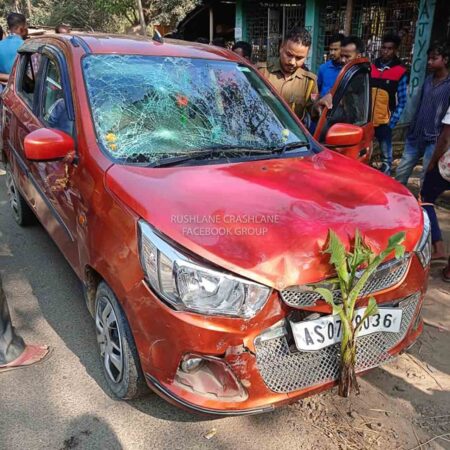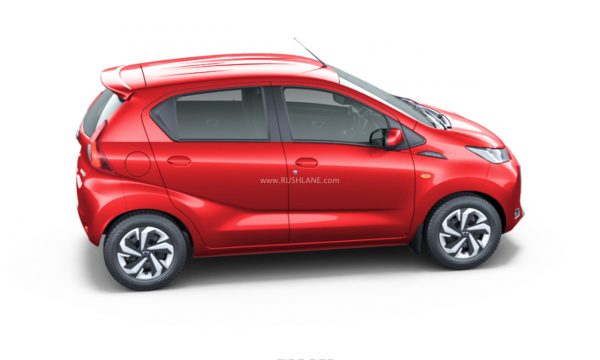
A draft containing new car safety norms have been uploaded on the Ministry of Road Transport and Highways Website
Airbags were made mandatory for drivers from July 2019 and various measures to enhance pedestrian’s safety were introduced in October 2020. Now car safety is about to be extended to dual front airbags both for driver and passenger.
Front Passenger Side Air-Bags for Existing and New Cars
The Government of India had already mandated driver airbag for cars from 1st July 2019 itself and now plans passenger side airbags as a standard feature. The draft amendment to this effect has been uploaded on the website of Ministry of Road Transport and Highways.
All cars which are launched before 1st April 2021, will have to comply with new regulations of having dual front airbags. This safety feature is for all existing models not having more than 8 seats in addition to the driver seat that fall under the M1 category. Category M1 means a motor vehicle used for the carriage of passengers, consisting of not more than 8 seats in addition to the driver’s seat.
New Cars And Other Safety Features
For new cars which launch after 1st April 2021, under the M1 category, this safety feature will be compulsory from 1st June 2021. The inclusion of front passenger airbag will bring about better chance of survival for passenger, in the event of any accident.

The draft dated 15th December 2020 also mentions about bringing in added safety equipment in the form of front passenger safety belt reminder, manual override for central locking system and reverse parking alert, while the deadline for the implementation of these have not yet been stipulated.
Going forward, the government is also considering making provisions like ESC – Electronic Stability Control and AEB – Autonomous Emergency Braking as standard on vehicles from 2022-2023. These will not only increase the safety quotient for passengers but also for pedestrians and will at the same time make cars in India as safe as their global counterparts.
Increased Safety Equipment, Increased Prices
The update of safety equipment in cars in India will relate to higher pricing. However, this is a price that buyers will have to pay for added safety. Even as Vinkesh Gulati, President, Federation Of Automobile Dealers Associations (FADA), has stated that this is a much needed safety norm which would put cars in India on par with global standards.
He adds, there is the other side of the coin that state that automakers in India are currently facing adverse impact due to increased commodity and transportation charges. The bringing in of this mandatory feature would lead to an increase in costs which would further impact car sales especially where lower variants are concerned.

